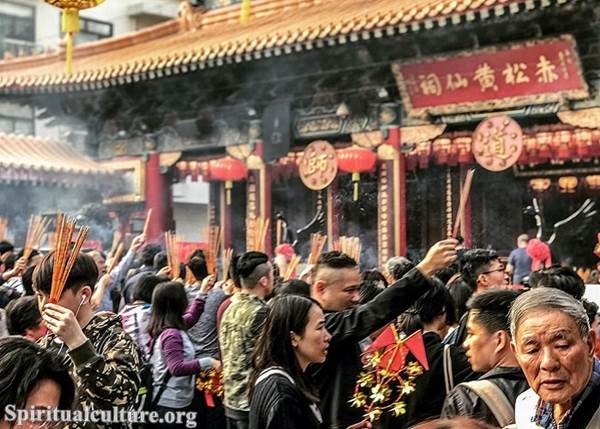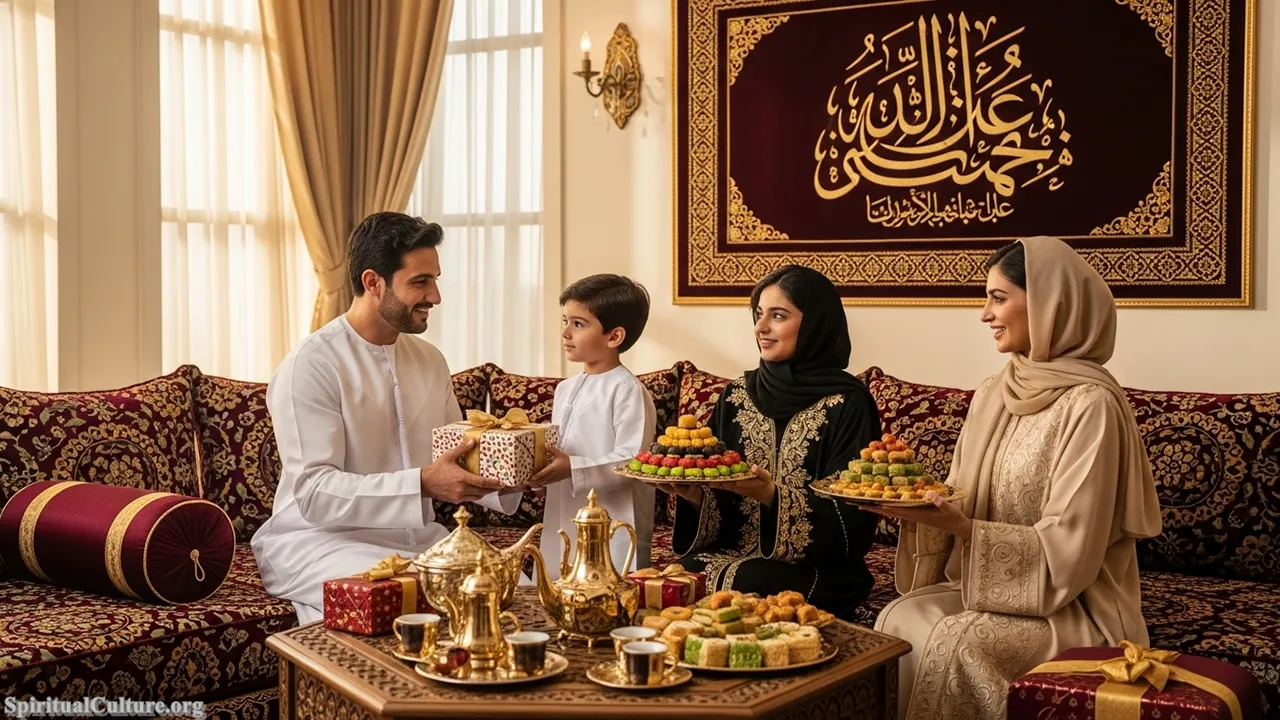Religion has always been a powerful shaper of time. Across cultures and continents, it transforms ordinary days into sacred milestones. This article explores how religion continues to influence national holidays and observances around the world — not just as tradition, but as a living rhythm that connects people to history, meaning, and the divine.
Let us explore how the sacred makes its way into public calendars, how faith traditions give rise to civic celebrations, and how these observances reflect the soul of a people.
The Sacred Calendar and the National Clock
The Role of Religious Rituals in Structuring Time
Religions do more than shape belief — they shape time itself. The division of weeks, months, and years often bears the imprint of religious ritual.
From Sabbath to Sunday: Christianity and the Weekly Rhythm
In many Western nations, the concept of a seven-day week — with a day of rest — is rooted in the biblical account of creation:
“By the seventh day God had finished the work he had been doing; so on the seventh day he rested from all his work.” (Genesis 2:2)
Whether it’s the Jewish Sabbath (Saturday), the Christian Sunday, or the Islamic Friday prayer, these sacred days have become part of national schedules, workplace policies, and public holidays.
Lunar Calendars and Sacred Cycles
In countries shaped by Islam, Hinduism, Buddhism, or Judaism, calendars are still deeply tied to lunar or lunisolar systems. This affects not only spiritual practice but national planning.
Ramadan, Vesak, Diwali, and Passover are all tethered to lunar cycles — requiring state institutions, schools, and public services to accommodate shifts each year.
National Holidays with Deep Religious Roots
Christianity’s Imprint on Public Celebrations
In much of Europe, the Americas, and parts of Africa, Christianity has shaped the most widely observed public holidays.
Christmas: A Global Religious-Civic Fusion
December 25th — observed as the birth of Jesus Christ — is not only a religious feast but a national holiday in over 100 countries.
Even in largely secular or multi-religious states, Christmas is celebrated with public festivities, national closures, and civic decorations.
While the religious message is often overshadowed by consumerism, the holiday’s core — Emmanuel, God with us — continues to echo.
Easter and Holy Week: The Liturgical Apex
Easter Sunday, Good Friday, and sometimes even Maundy Thursday are public holidays in many Christian-majority nations. These commemorate Christ’s Passion, death, and resurrection — a narrative central to Christian theology.
In countries like the Philippines, Spain, or Brazil, public processions blend state acknowledgment with profound religious participation.
Islamic Holidays as National Pillars
In Muslim-majority nations, Islamic festivals form the heart of national observances.
Eid al-Fitr and Eid al-Adha
These two Eids — marking the end of Ramadan and the willingness of Abraham to sacrifice — are not just spiritual. They are civic holidays marked by feasting, public charity, family gatherings, and time off from school and government work.
In countries like Indonesia, Egypt, or Saudi Arabia, entire weeks are oriented around these observances.
Hindu and Buddhist Celebrations in National Calendars
Diwali: Festival of Light and Civic Unity
In India, Nepal, and other South Asian countries, Diwali is not just a religious holiday — it is a national festival. Offices close, cities light up, and even secular institutions engage in the celebration of light over darkness.
Vesak: Buddha’s Birth, Enlightenment, and Passing
In Sri Lanka, Thailand, Myanmar, and beyond, Vesak Day is an official public holiday. It reflects reverence for the Buddha’s life stages and promotes national reflection, meditation, and acts of compassion.
Multifaith Nations and Religious Inclusion
Interfaith Calendars in Secular Democracies
Countries with constitutional secularism — like the United States, Canada, or the UK — often have Judeo-Christian holidays as default, but are increasingly including observances from other faiths.
Examples of Expanding Recognition:
- United States: While federal holidays like Christmas remain dominant, there is increasing recognition of Ramadan, Rosh Hashanah, and Diwali in school calendars and local proclamations.
- Canada: Schools and government agencies may allow religious accommodations for Jewish High Holy Days, Muslim Eids, or Hindu festivals.
- Singapore: A multireligious model, with public holidays for Chinese New Year (Confucian/Daoist), Vesak (Buddhist), Deepavali (Hindu), Hari Raya Puasa (Islamic), and Christmas.
The Challenge of Representation
In pluralistic societies, choosing which religious holidays to elevate to national status can be politically and spiritually delicate.
Not all faiths receive equal civic recognition, leading to debates about inclusivity, fairness, and the boundaries of secularism.
Civil Holidays with Spiritual Undertones
National Days That Echo Religious Values
Even seemingly secular observances often carry implicit religious themes.
Thanksgiving (United States and Canada)
Though often seen as a national harvest festival, Thanksgiving is rooted in Puritan Christian gratitude. Early American settlers gave thanks to God for providence and survival.
Modern celebrations retain this undercurrent — prayers, church services, and a call to gratitude remain integral for many.
Memorial Days and Sacred Remembrance
Days set aside for honoring the dead — whether veterans, martyrs, or national heroes — often adopt religious symbols: candles, prayers, altars, and moments of silence.
These days become quasi-liturgical: civic rituals shaped by spiritual echoes.
Sacred Space in the Public Sphere
When National Identity Meets Religious Expression
In many nations, public holidays become moments when faith steps into the national square.
- Public Processions (e.g., Semana Santa in Spain)
- State-Endorsed Services (e.g., UK’s Christmas Message or National Day of Prayer)
- Pilgrimages Recognized by Law (e.g., Hajj leave in Muslim nations)
These moments remind us that national life is not purely political — it is deeply spiritual, shaped by meaning, memory, and belonging.
Sacred Time, Shared Time
Why This Matters for Our Shared Humanity
Religious holidays are more than days off. They are spiritual hinges — moments when personal devotion aligns with public rhythm.
They offer:
- Continuity: Connecting generations through shared rituals
- Identity: Affirming who we are as people of faith and culture
- Unity: Inviting nations into moments of collective pause, gratitude, or reflection
Whether one believes or not, religious holidays make space for reverence. In an age of constant movement, they invite stillness.
Reflect and Reimagine
Religious influence on national holidays is not simply a relic of the past — it is a living testament to the role of the sacred in shaping public life.
As Spiritual Culture, we invite you to reflect:
- How do your own national holidays reflect the spiritual journey of your people?
- What values — compassion, sacrifice, gratitude — do these holidays quietly uphold?
- In a time of division, can shared sacred observances become spaces of unity?
Let us remember: every calendar is a mirror. And often, behind every civic celebration, there is a whisper of the divine.
May we listen well.




